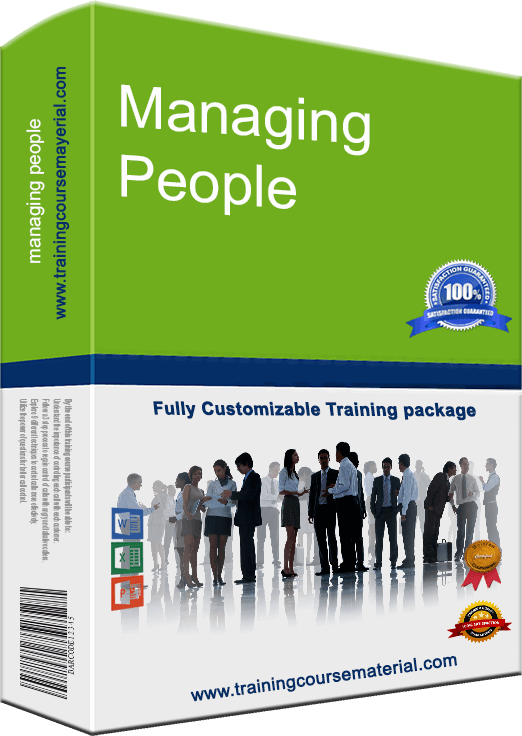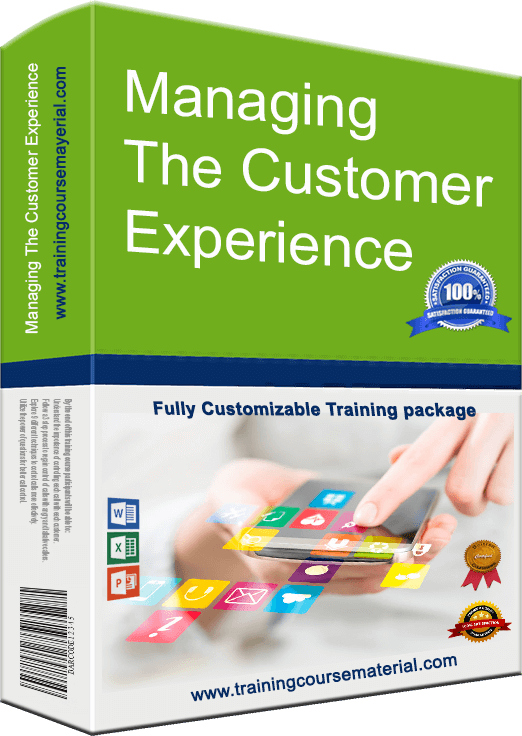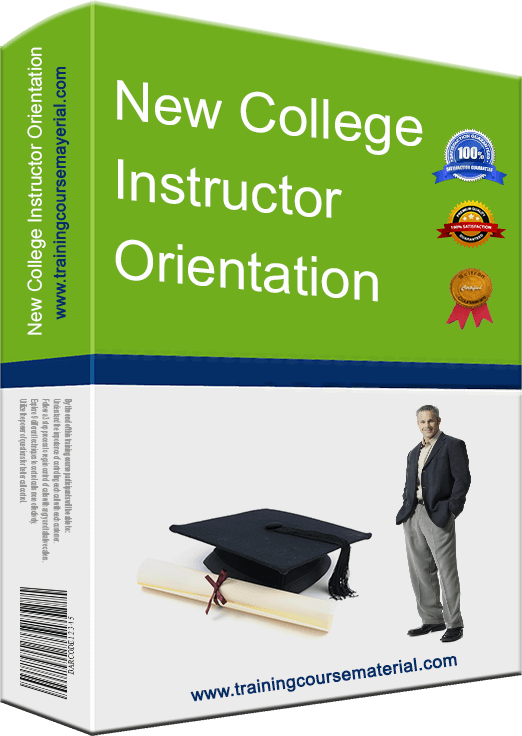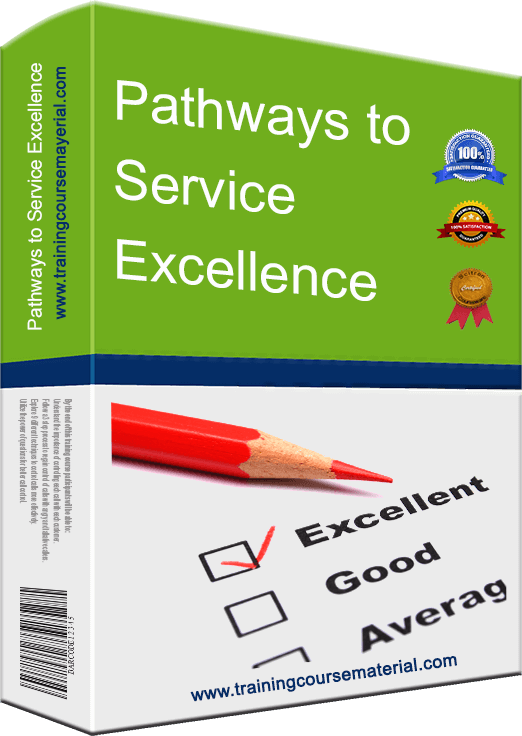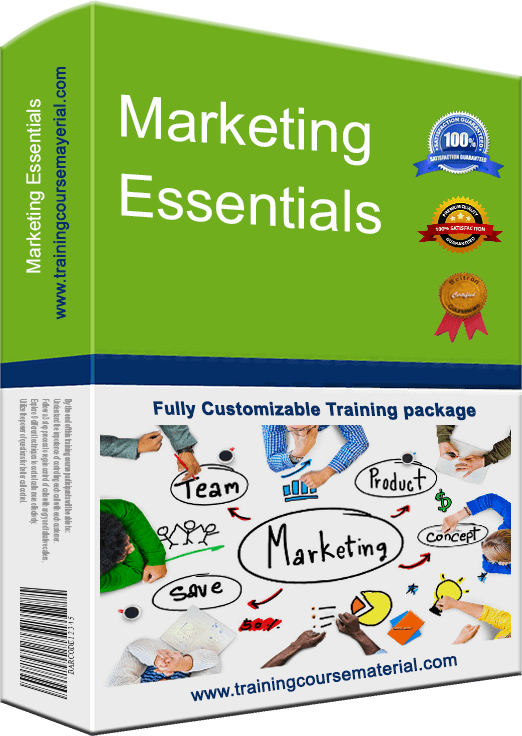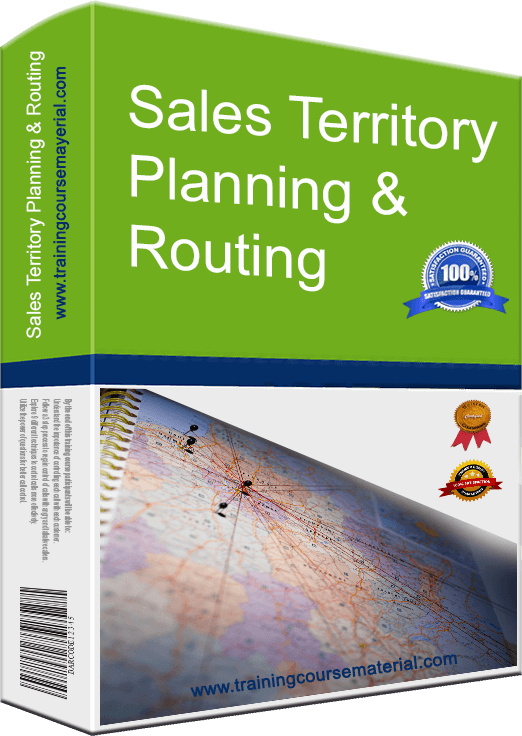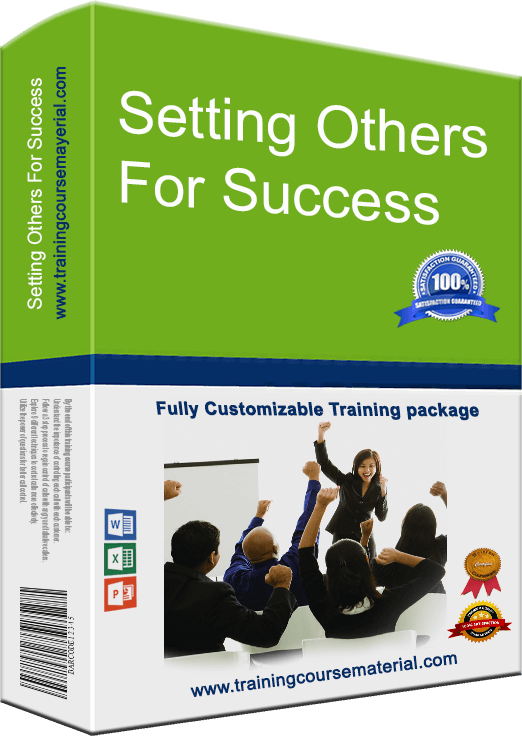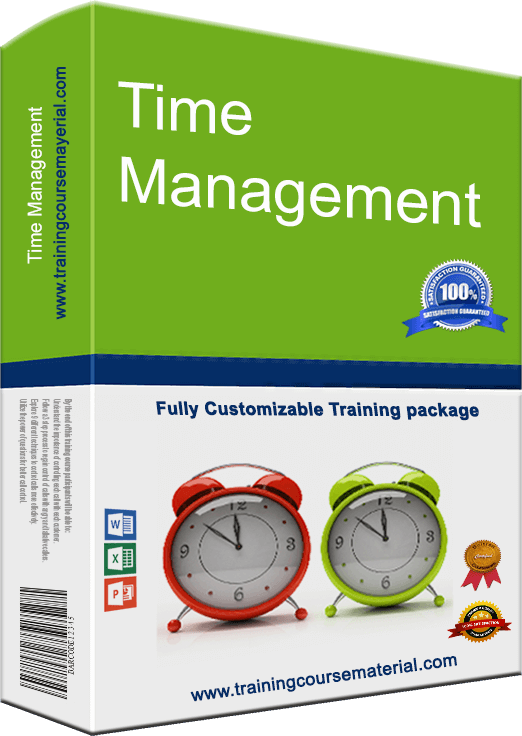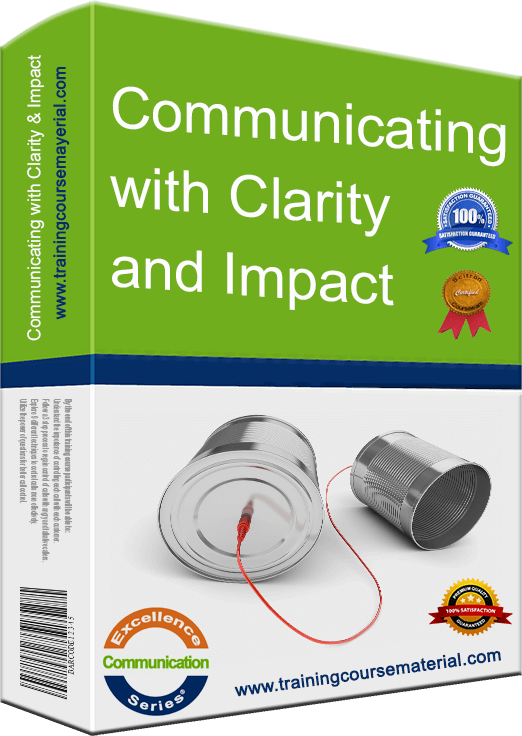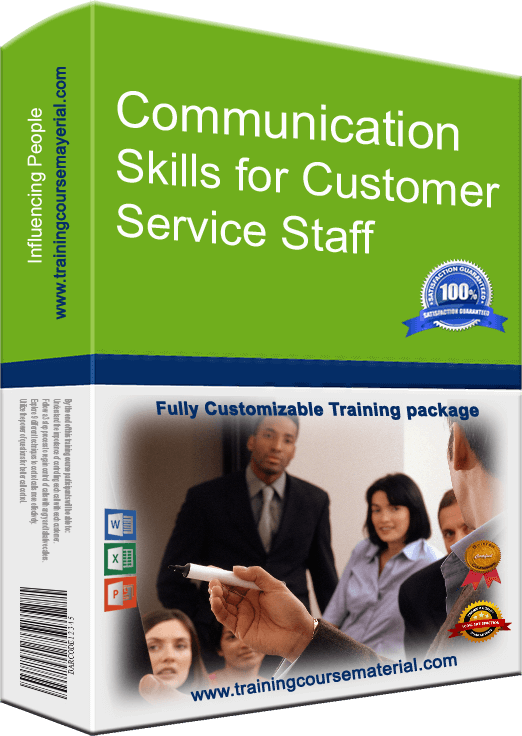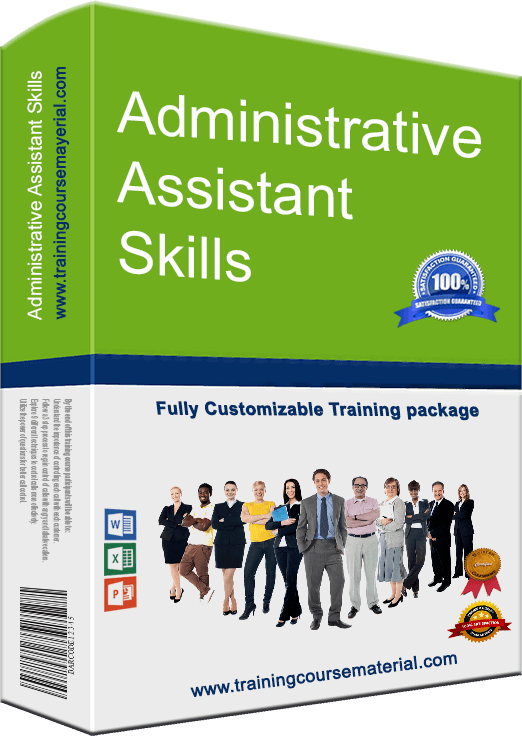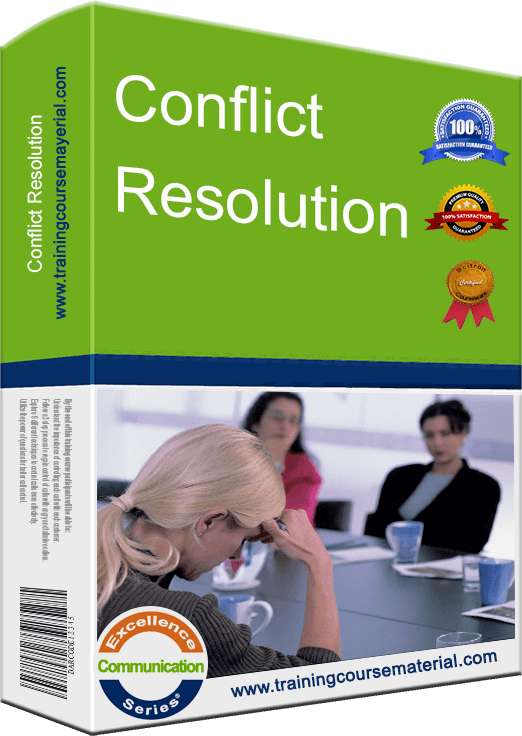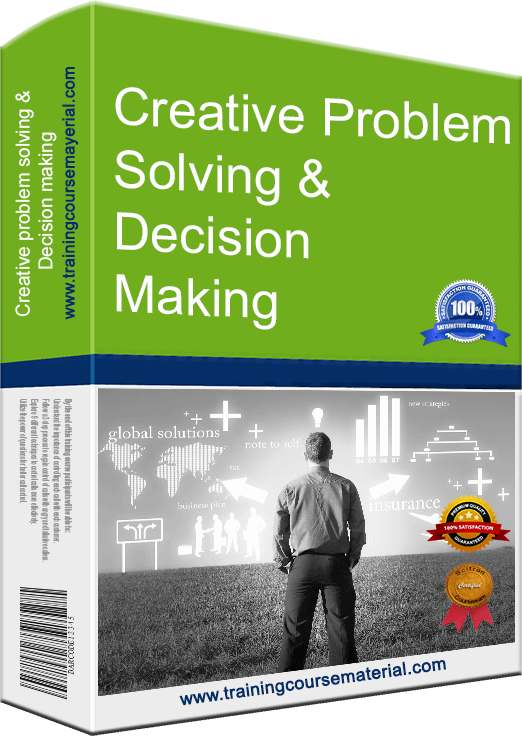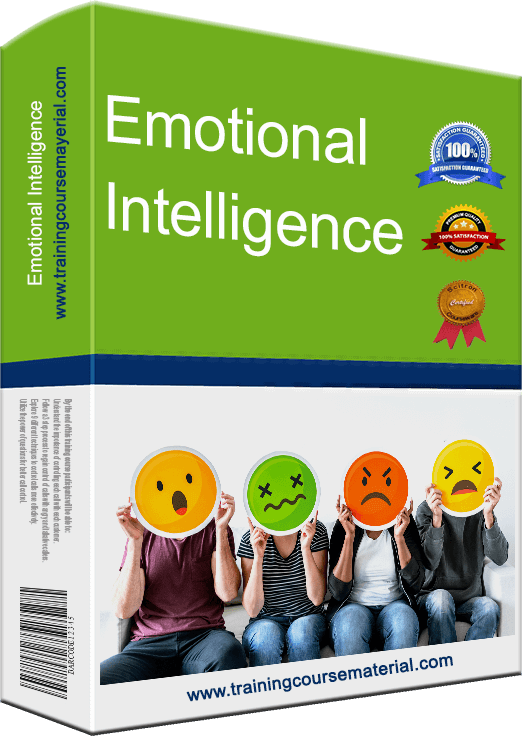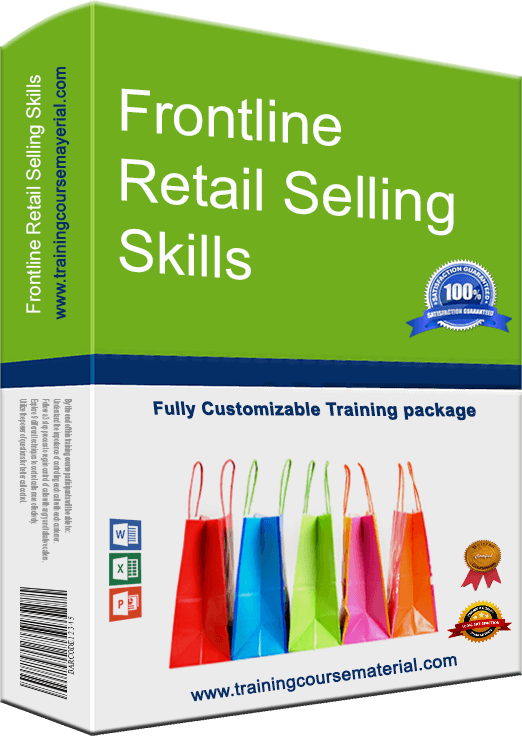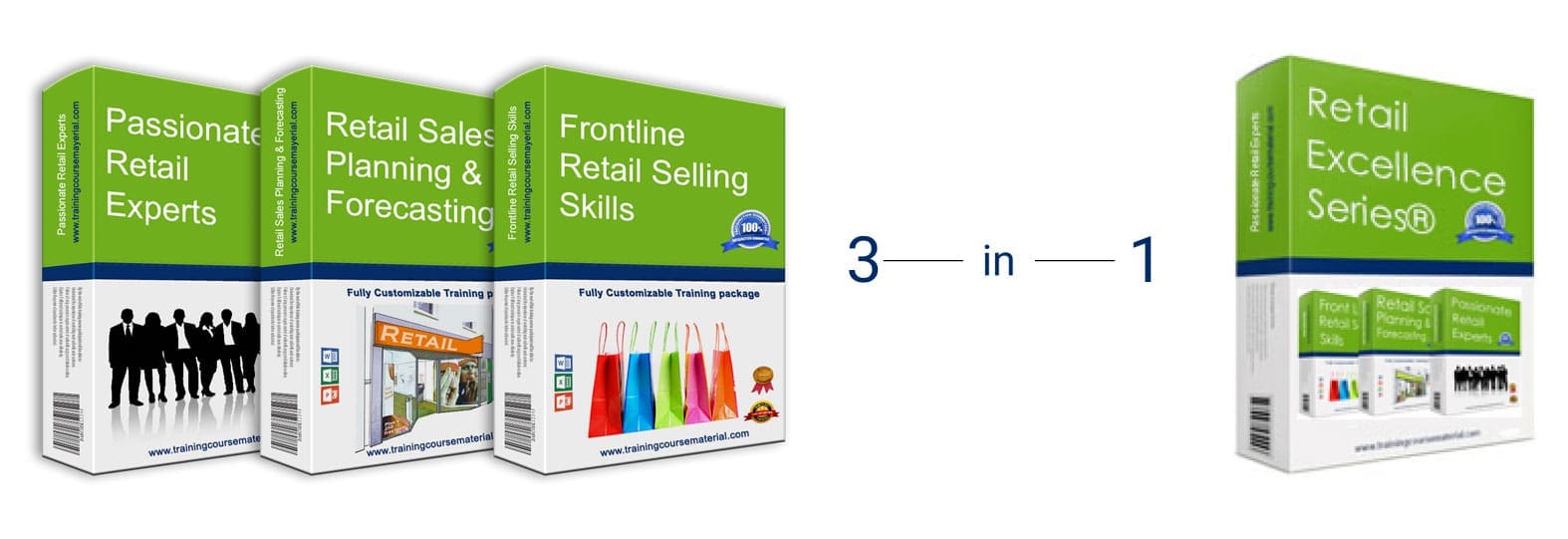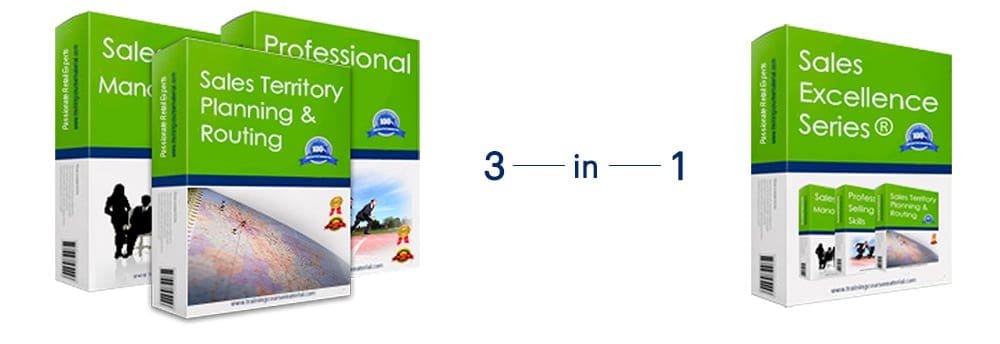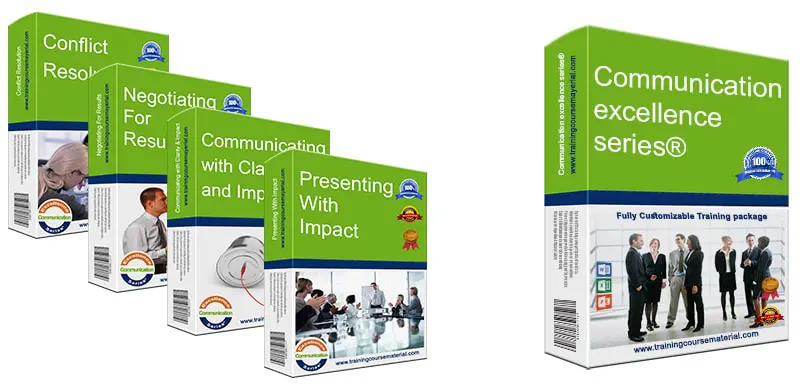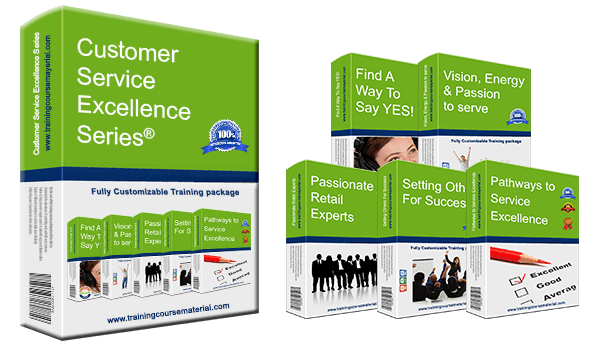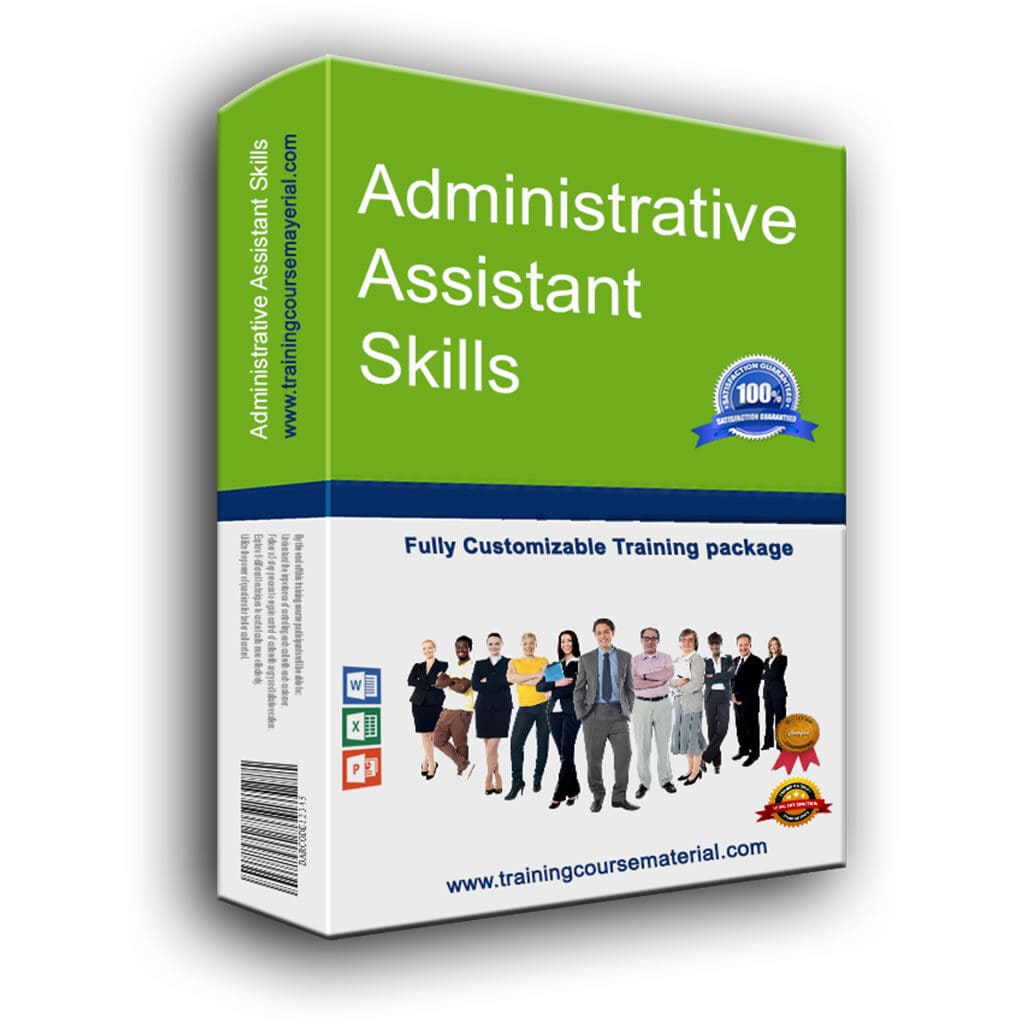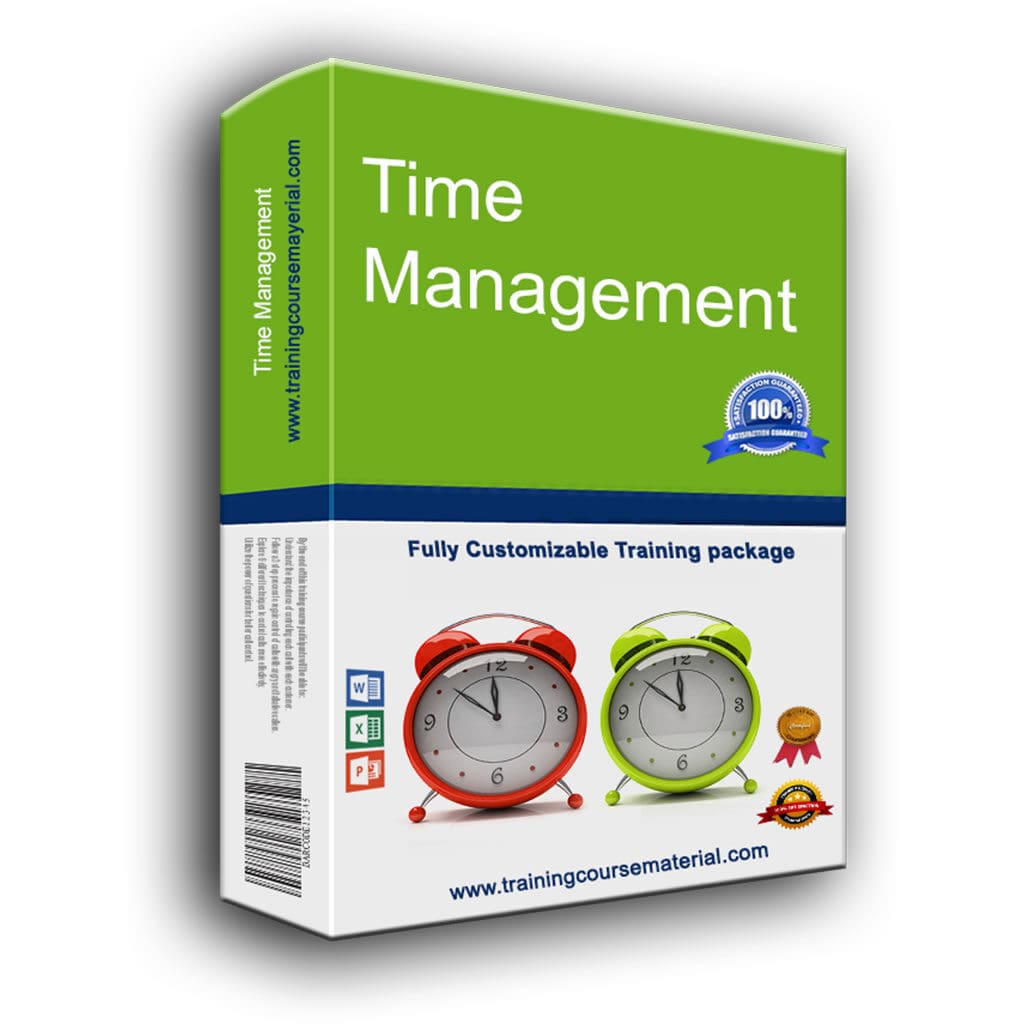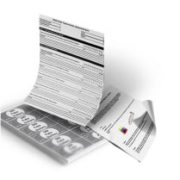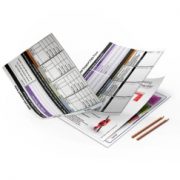Delivery Problems Presenters Experience
The great majority of delivery problems that presenters experience are the consequence of poor design and lack of preparation. This process will help you to systematically go through the most important aspects of designing a presentation so that you stand the best possible chance of succeeding in achieving your communication purpose. Choosing the content of your presentation depends on knowing your audience, their relationship with your subject and your reason for wanting to talk to them. Begin with clarifying your purpose and then work your way round and round. It’s an iterative process. Every time you go through this process you get closer to being well prepared. Always remember Winston Churchill 's famous Quote "I must apologise for making a rather long speech this morning. I didn’t have time to prepare a short one! " The single most important key to a good presentation is good preparation, you need to carefully analyze your audience, know your topic and get comfortable talking about it and practice, practice, practice.
Presenting is an excellent way of raising your profile. But before you embark on the process of designing a presentation and before you get caught up in the emotions associated with having to deliver a presentation, let’s challenge one assumption by asking this question:
‘Is it actually necessary for you to make a presentation?’
The answer is ‘NO’ if you could achieve your communication objective by writing a memo, or sending an e-mail, or circulating a discussion paper, or making telephone calls, or having a series of one-to-one meetings. If the answer is ‘YES’ then you really do need to make a presentation and this marks the beginning of a commitment. Time is of the essence in fulfilling that commitment and so we recommend that you use the following preparation process to get you started right away.
The three steps of a presentation preparation process are:
• WHY? the purpose of your presentation.
• WHO? the audience it is aimed at.
• WHAT? the content of your presentation.
Why? - What's the purpose of your presentation?
Presentations fall into two categories: those that inform, (Know This) and those that call for action (Do This). ‘Do This’ is when you aim to position a course of action in people’s minds and make it so obviously fit their view of the world (the right thing to do), that wild horses would not hold them back from acting as you recommend.
WHO? - Who are the Audience ?
Analyse your audience. Go further than simply putting faces to the names. Think Interest, Expectations, Evaluation.
• What is their Level of interest in the topic?
• WIIFT - Its needless to say that one of the most important points you need to clarify in your head while designing the presentation is WIFT or What's in it for them. This is crucial to the success of your presentation. You can be sure that once you start your presentation, the first thing your audience will want to know is what's is the benefit they will get ? why should they listen to you?
• What expectations do they have of you, your subject matter, the outcome of the presentation and of themselves in relation to the presentation?
• What reference experiences and criteria will they use to evaluate any proposition, recommendation or position that you put to them?
• How will you recognise their interests, reassure them about their expectations and show respect for their evaluations and opinions?
You know who they are but what do they know about who you are? What do they need to know that will support your credibility?
WHAT? - What is my content ?
• Research your subject.
• Think, ‘What do I want people to know?
• What do I want people to do?’
• Think, ‘What questions must my presentation answer?’ and also, ‘What questions do I want my presentation to raise?’
• Think what you have understood about your audience and how that helps you to answer their ‘What’s in it for me questions?’ Ask yourself, "What will really make this audience sit up and take notice?" You need to tell them as early as possible what's in it for them. Present the benefits, not just features.
To keep your audience attentive and stimulated and to help you keep your audience listening actively you need to prioritize your potential content during the preparation phase into 'Must and Potential' selection criteria and allocate both appropriate development and delivery time according to the priorities you have set. of course 'Musts' take more time and effort than 'Potential'
Always Think, ‘What will people accept as evidence to support my case?’ Aim for the minimum amount of information that is both necessary and sufficient to achieve the outcome you have in mind. As your presentation starts to take shape you can then begin to think about… HOW? WHEN? WHERE?
HOW?
• Formal/Informal?
• Audience Interactive or Passive?
• Stand Up/Sit Down
• Visual representation?
o Flip Chart
o OHP - over head projector or data projector
o Whiteboard
o Computer
o Video
• Audio content?
o Spoken word
o Amplified sound
o Music
WHEN?
• How long to prepare?
• How long to set up?
• How long to deliver?
• What time of day?
• What precedes it and what follows?
• When in their business cycle/their scheme of things?
• When in your business cycle/your scheme of things?
WHERE?
• Familiar place or unfamiliar?
• Home or away?
• How far away?
• How do I get there/get in?
• Will I have access in time to set up?
• Is the venue equipped with everything I need?
• How big is the venue?
• Consider the ‘stage area’ and how you will make use of it?
In addition to poor preparation and not devoting enough time putting the presentation together, one of the big factors as well that can make or break the presentation is lack of rehearsing and practicing your presentation once it is finalized. Practice really pays off, the more you practice, the more you fine tune your presentation and the more comfortable you get with the content also what can be very helpful is seeking feedback from people you trust and you know will give you honest feedback , so you should not only prepare, prepare, prepare but to rehearse, rehearse, rehearse is just as important.
For more presentation skills, check out our "Presenting With Impact" instant download training package.


